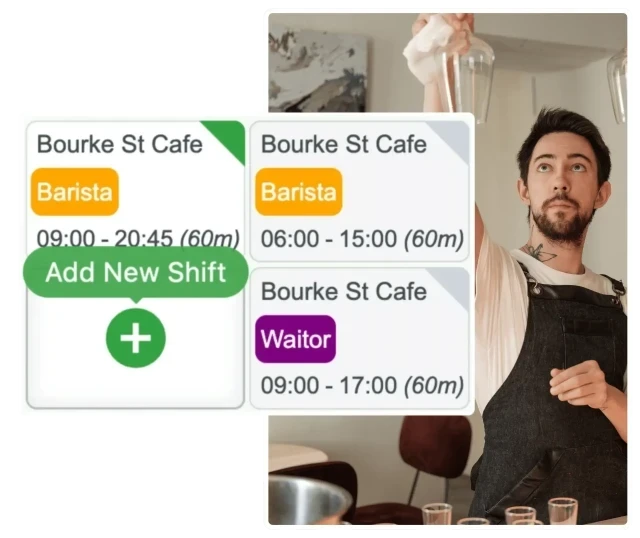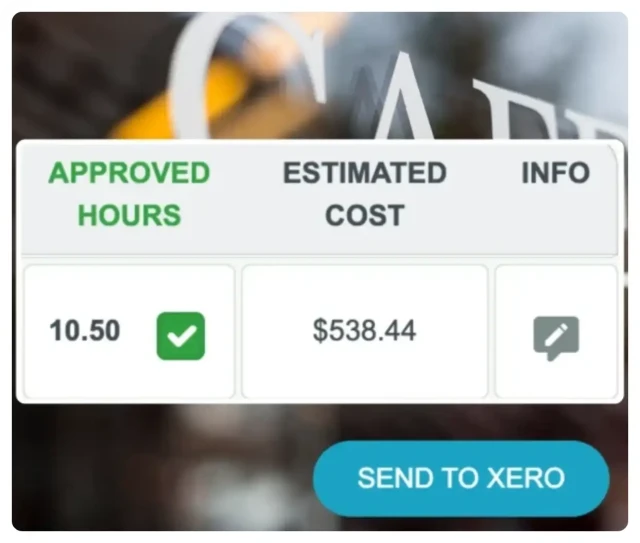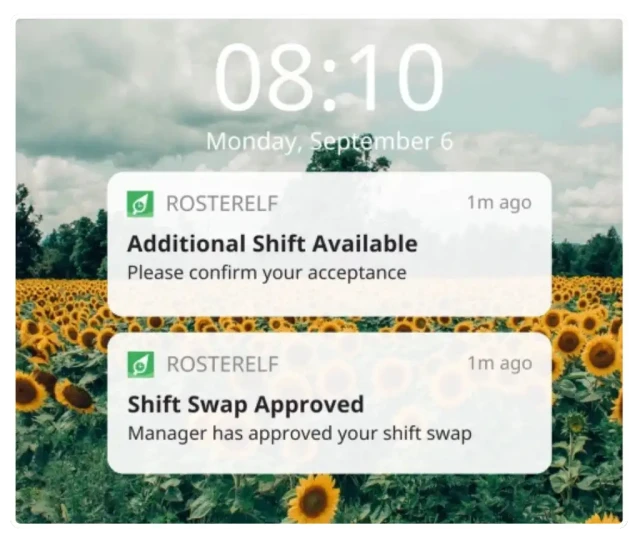Perfect Match analyses your team’s live data—availability, skills, and cost—to recommend the ideal employee for every shift, automatically.

Set the role, site, time and budget for each shift. Perfect Match reads live staff data—availability, skills, qualifications, leave and conflicts—to understand who can work and who’s best suited.

The system scores every eligible employee against your shift requirements and ranks them from best to worst fit. It checks for conflicts, leave clashes and compliance issues in real time.

Approve the top recommendation with one click or make manual adjustments. Publish the roster instantly and notify staff—ensuring every shift is covered by the right person at the right cost.






Stop building rosters manually. Auto-scheduling creates accurate, fully-covered rosters in seconds using staff availability, skills, and cost data.

AI-driven scheduling eliminates double bookings, unavailable shifts, and overtime breaches, keeping rosters clean and compliant.

Automatically balance staffing levels against budgets. RosterElf’s smart engine factors in award rates and labour percentages in real time.

When someone calls in sick or requests leave, the system automatically finds and suggests the best replacement — no chaos, no gaps.

Perfect Match™ AI ensures every employee gets a fair share of hours based on skills and availability, improving team satisfaction and retention.

Approved shifts flow straight through to timesheets and payroll, cutting manual entry and ensuring pay matches hours worked.
Auto-scheduling, sometimes called smart roster generation, is an intelligent feature that automatically builds staff rosters based on employee availability, qualifications, and business rules. Instead of manually assigning each shift, managers can generate complete rosters in seconds using AI-driven algorithms that balance coverage, costs, and compliance.
The goal of auto-scheduling is to save hours of manual planning while ensuring every shift is filled by the right person. It analyses factors like skill requirements, availability, fatigue rules, and award conditions to suggest or finalise the best roster. Managers can review and approve in a single click, confident the system has eliminated conflicts, double-bookings, and unapproved overtime.
Smart auto-scheduling tools also learn from past patterns. They adapt to employee preferences, forecast busy periods, and optimise shift distribution for fairness and cost control. This helps businesses reduce labour spend without sacrificing service quality.
Because auto-scheduling works in real time, it syncs with live staff availability, shift swaps, and leave requests, automatically adjusting when plans change. Managers maintain control through override and approval options, while employees enjoy more predictable and equitable schedules.
When connected with time and attendance tracking and payroll integration, auto-scheduling ensures that hours worked and labour budgets align perfectly — from roster creation to payroll export.
In short, auto-scheduling transforms roster creation from a manual puzzle into an automated, rules-based system that saves time, improves accuracy, and keeps both managers and staff happy.